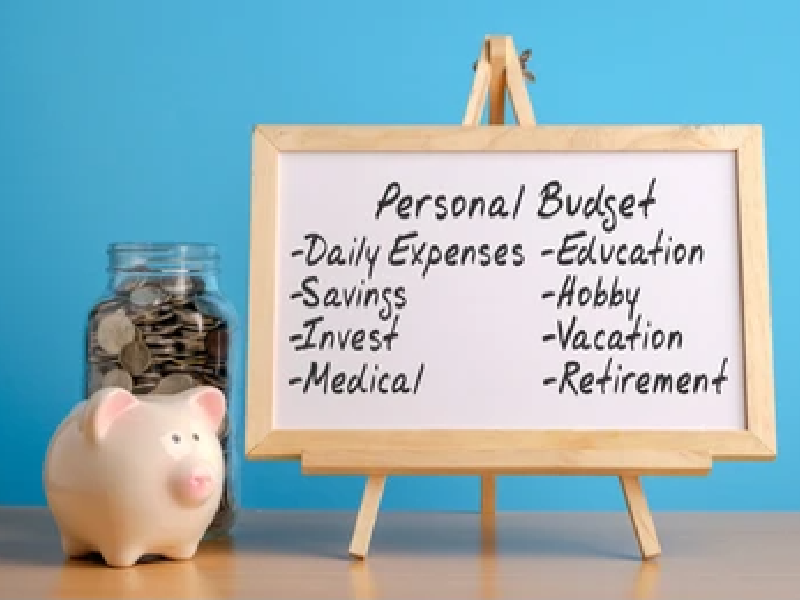
“The cost of college education today is so high that many young people are giving up their dream of going to college, while many others are graduating deeply in debt. “ – Bernie Sanders
While quoted in the context of education in the West, this is too true close home as well. Often, at family gatherings or with friends, we are caught reminiscing about how wonderful school and college days were, while there was not a care in the world and everything was so inexpensive.
We talk about how school fees in a good school were about Rs 11,000 15 years ago which is now about Rs 2L a year in the same school for a standard 12 education. Which makes that a growth of over 10x in 15 years.
As advisors, we always tell individuals that education inflation is always in double digit numbers while purchasing power parity increases by 6-8% every year.
According to the ‘Q3 2017 Salary Budget Planning Report’ released by Willis Towers Watson, Salaries in India are projected to rise at 10 per cent in 2018, same as actual increase in 2017. At the same time, education costs have been observed to increase by 12% on an average across grades.
Below is a simple illustration of how far education costs can go in the time to come in a 5-year spread timeline if costs continue to rise at 12% every year. Also, for the sake of perspective, education costs for five years back have been computed at the same rate; this makes the numbers relatable.
[table id=1 /]
Now, you may notice that as years pass, the cost would only go up. The unfortunate part is that it is highly unlikely that your salary would increase at the same pace. Also, the above figures are exclusive of gadget, gizmo and extra-curricular costs that tag along with regular education expenses.
It is important to note here while school expenses could be met by saving small amounts between 5-10% of monthly income, the larger expenses for post-graduation could easily eat up to 40 %of one’s monthly salary.
While we have been talking about tuition expenses, this does not include the standard of living that one has to maintain at schools. They come with their own higher expenses of gadgets, books, social activities for the child that costs money. Children are enrolled to extra classes, other activities such as sports coaching etc, none of which come cheap.
An often ignored part here is insurance. No, we are not referring to ULIPs/ Children’s education plans.
Let’s take an example, related to the illustration above, the parent has to eventually save Rs 65L for his/ her child’s higher education. Which simply means that Rs 65L should be covered by a term plan, should any eventuality arise, the education goal will not be compromised. This policy for a healthy adult of the age of say 32 would come at a premium of ~Rs 5000 annually. Let us not look at immediate gains causing ourselves long term pains.
A combination of SIP + Term Insurance = a good education plan.




















